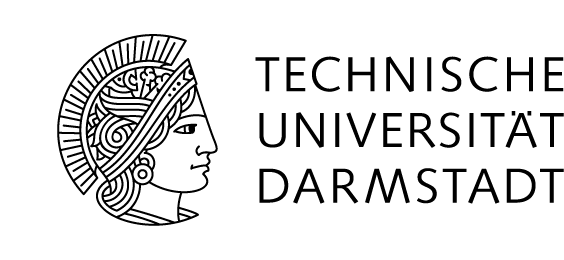Phenomenological modelling of injection, transport and recombination in organic semiconducting devices as well as in inorganic ferroelectric materials
Dr. Y. Genenko (Div. Material Modelling)
Prof. Dr. H. v. Seggern (Div. Electronic Mataterial Properties)
____________________
Basing on the obtained in the expired project knowledge about the steady-state charge-carrier injection at the contact between a metal and an organic semiconductor as well as about the steady-state charge-carrier transport inside the organic semiconductor, a complete phenomenological model of an electronic device has to be built, which also allow for the description of dynamic processes. Thereby, this model has to also include typical for organic semiconductors density-of-state distributions, field-dependent mobility, distributions of traps as well as the charge-carrier recombination. The model parameters of concrete materials have to be obtained from the comparison with experiments on model systems performed in the projects D3 and D4. By the study of single- and multilayer devices with rough electrodes the space regions have to be localized, in which the enhanced field strength as well as the enhanced charge-carrier concentration occur. Then, the design of experimental device has to be modified in such a way as to avoid such regions.
Simultaneously, Monte-Carlo studies of the hopping transport in organic semiconductors, already started in cooperation with the group of Prof. Albe (C2), will be continued. Amongst others, this method has to be used to verify the validity of the applied one-dimensional description and consequent averaging of physical values over the plane perpendicular to direction of the charge transport. Besides, together with the group of Prof. Müller (C3), a possibility to develop a trusty algorithm on the base of the Finite Element Method will be sought, which allows to solve strongly non-linear transport equations for arbitrary distributions of traps in organic semiconductor.
The two-dimensional model of drift-diffusion of charged point defects in local electric fields in ferroelectrics, developed in the first phase of the project in collaboration with the group of Dr. Lupascu and Prof. Rödel (D1), will be further advanced. Using this model it is possible to calculate the clamping pressure acting on the ferroelectric domain walls. After the further model development, it should be possible to evaluate the effect of space-charge zones arising in course of aging, on the relative permittivity as well as on the maximal value of clamping pressure and the strength of the coercive field. Then the model has to be applied for a study of aging in samples from the projects A2, B7 and D1.

